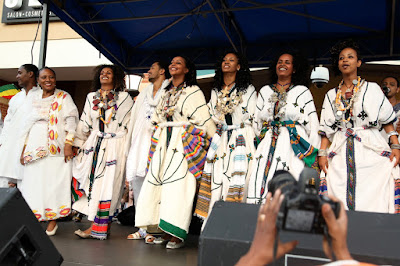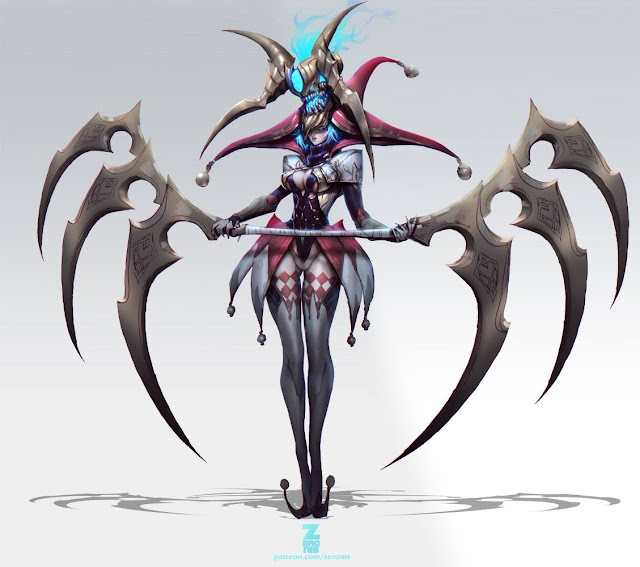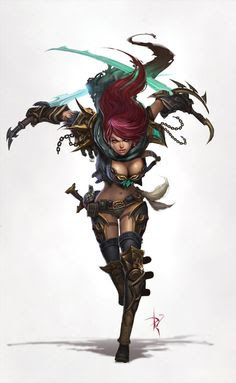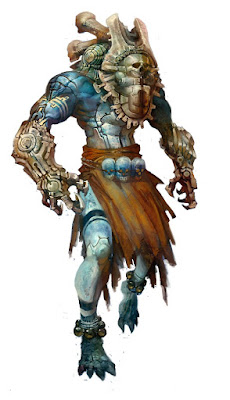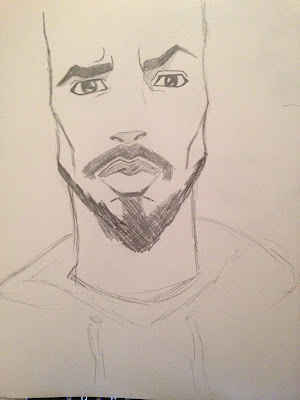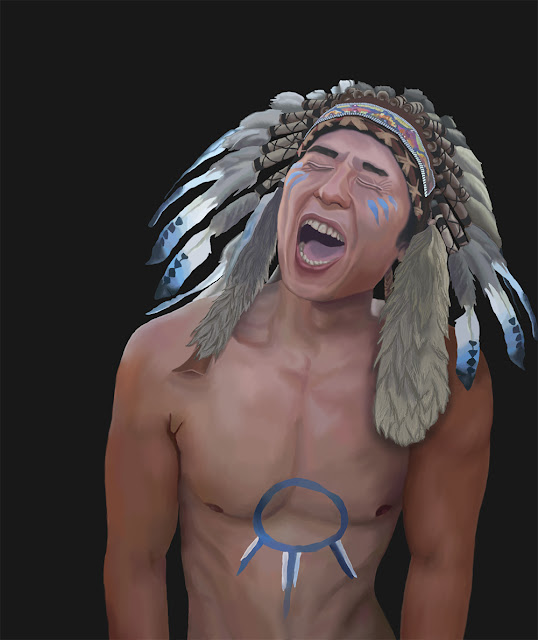William Huber's part of the lecture was on
Twitch aesthetics, accelerated attention and cognitive athleticism in digital games. What I was slightly unclear on was what it had to do with aesthetics or Twitch, for that matter.
The lecture touched mostly on the skills that were attained and what was going on with gamers in terms of learning these skills and how fast they learnt them. He presented a quote from David Sudnow's book
Pilgrim in the Microworld (1983), stating that "it was five years at the piano before I looked down and saw my hands appearing to make music all by themselves. But within two weeks at breakout, I watch them handling fast slams, with no consciousness of guiding their movements." I found this to be a very profound statement, from someone who does not play games at all, as it shows how games can quickly become intuitive due to the repetitive tasks, and on top of that, leads into another topic, which is can games be for more than entertainment. Of course they can and there are numerous articles, talks and books about this. I quickly linked this topic to Jane McGonigal and her TED talk
Gaming can make a better world and her book that I have read parts of,
Reality Is Broken: Why Games Make us Better and How they Can Change the World (2011). Jane definitely does present good evidence and arguments on how games can be beneficial to society, to medicine, to illnesses and so on. This is a topic I am greatly interested in, but there is so much out there already that if I tried to address this topic it wouldn't be unique, unless I thought hard and tried to narrow it down.
Whilst I was reading Jane's book, I skipped to a chapter called
Fun with Strangers, and this is something that particularly interests me, as I really value online games and the experiences and friendships that can be made. I have had many personal experiences that have had big impacts on my life due to my interactions with these strangers on the internet that I have met through games such as Unreal Tournament and League. I feel that this is perhaps an area I can explore, however I am currently unsure of whether the dissertation has to be closely linked to the project portfolio. My artistic interests lie in character art, but my general interests lie elsewhere...
Going back to Sudnow and William's lecture, he continues by saying that in these games he experiences skills that he does not possess in real life, for example tennis, "I look at the screen. It so impersonates a real world setting, tennis, say, that I'm taken in by the illusion of adept motion, running all around that court, perfectly skilled at returning shots every which way coming at all angles. I never had such athletic skill before, not to that high a level, and I'd played a fair share of sports in my day. But two weeks?" This, to me, ties in with games being an escape, or providing something for more a person, allowing them to feel like they've really achieved something. Jane McGonigal touches on this as well, however more specifically when she talks about reward systems, it is a slightly different topic but it ties in with my point that when you do something well in a game, you feel a great sense of achievement. This is an important feeling in life, and again, it just really strikes something in me when I hear these statements, as so many people still look down on games. I have a lot of friends who do not understand that games can provide more than it's general outward appearance of being a sedentary activity. It is also something interesting to think about, that I never really have, as I don't tend to relate anything from games to my real life.
Another aspect of games that William touched on was professional gamers, e-sports, this is another phenomenon that interests me, as it is starting to get more recognition and be taken more seriously. Recently I saw on Twitter that the SportsCentre page tweeted about LCS (League of Legends Championship Series). I am not exactly sure what I could base my dissertation on regarding e-sports, but I suppose I could explore what makes pro gamers different to casual gamers and so on, and again, use Jane McGonigal as a big influence here.

